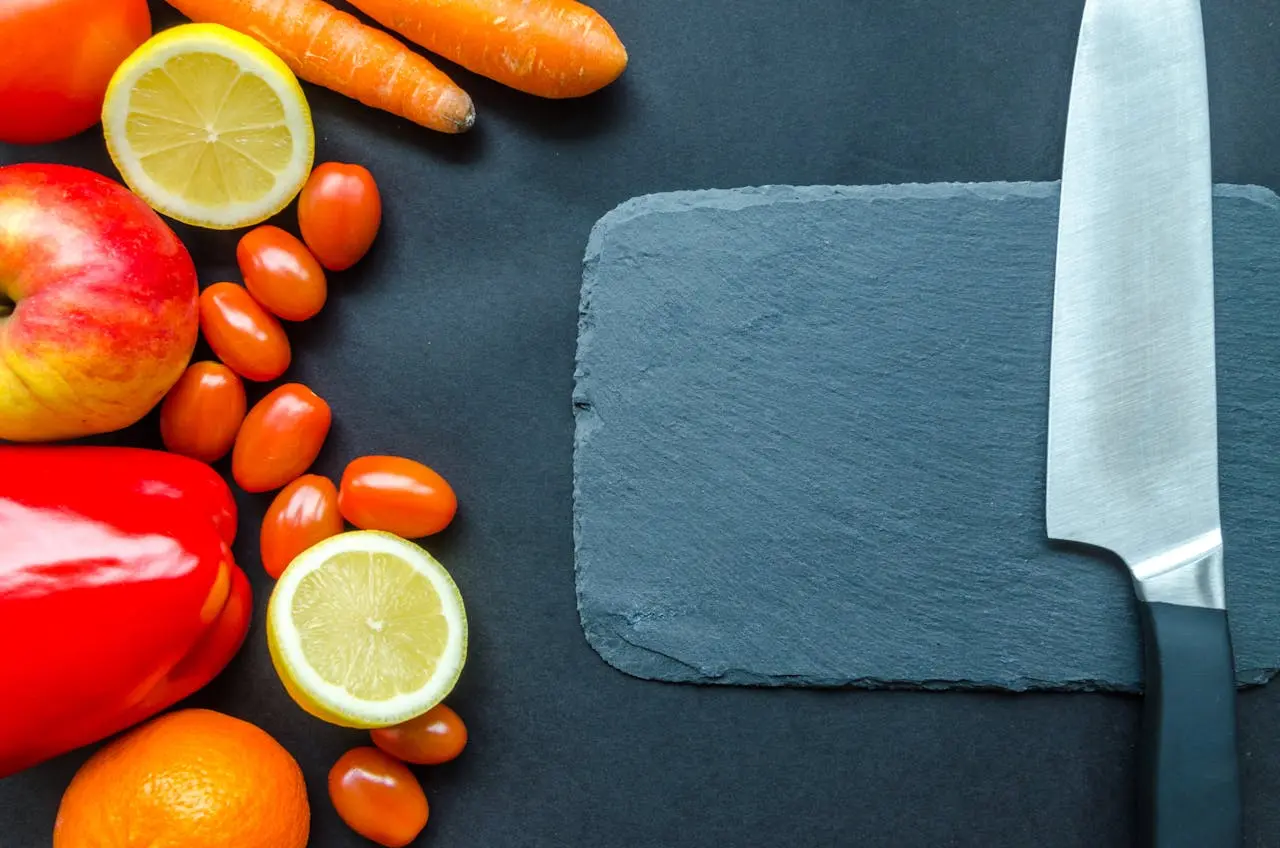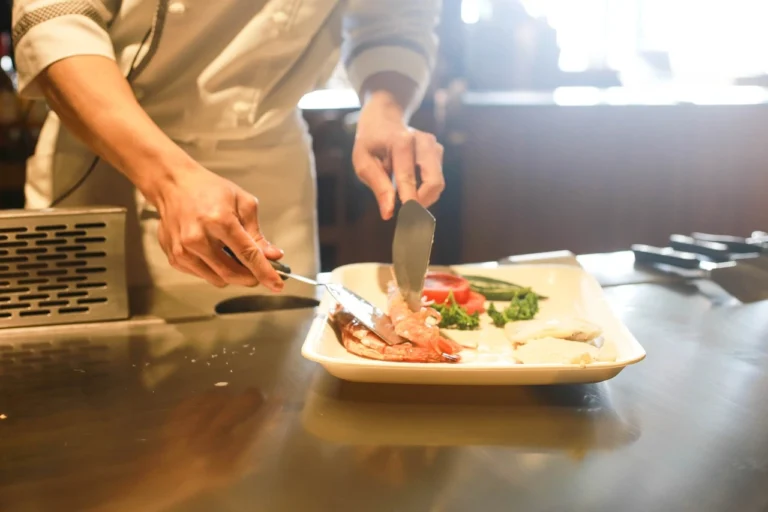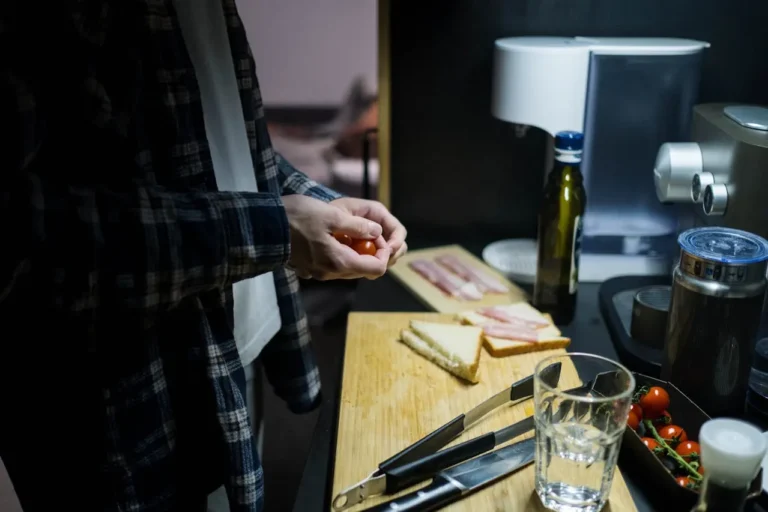
I’ll never forget the day I tried to throw out my old, broken kitchen knife. I figured wrapping it in a single layer of newspaper would be enough, big mistake. As I carried the bin bag outside, the blade sliced right through, nearly taking my toe with it. That’s when I realised: disposing of knives isn’t as simple as chucking them in the trash.
If you’ve ever held a worn-out knife and wondered, “How do I get rid of this without causing an accident?” you’re not alone. The truth is, kitchen knives need special handling, whether they’re blunt, broken, or just unwanted. In the UK, there are specific ways to dispose of them safely, some even free of charge.
In this guide, I’ll walk you through everything you need to know, from preparing knives for disposal to where exactly you can take them. I’ve also included some real-life lessons (like my near-miss with the bin bag) to help you avoid the same mistakes. Let’s get into it.
Why Proper Knife Disposal Matters More Than You Think
You might assume that once a knife is in the bin, it’s no longer your problem. But here’s the thing, waste handlers, recycling centre workers, and even animals can get seriously hurt if blades aren’t disposed of properly.
1. Protecting Waste Workers
A few years ago, I spoke to a refuse collector in Manchester who told me about the number of injuries caused by carelessly discarded knives. He described finding blades sticking out of bin bags, barely covered by a flimsy layer of plastic. One of his colleagues needed stitches after grabbing a bag that had a knife poking through it.
This isn’t just a minor issue. In the UK, waste workers face real risks when sharp objects aren’t handled correctly. By taking a few extra steps, you can prevent accidents.
2. Legal and Council Rules
Different UK councils have different rules for disposing of sharp objects. Some require knives to be taken to household waste recycling centres (HWRCs), while others may offer special collection services.
I once made the mistake of assuming my local council would accept knives in regular waste, turns out, they don’t. After a quick call to their helpline, I learned that all sharps must be wrapped and taken to the nearest recycling facility.
3. Environmental Impact
Throwing metal knives into general waste means they end up in landfills, where they take decades (if not centuries) to break down. Recycling them is a much better option. Most knives are made from stainless steel, which is fully recyclable.
I started recycling my old knives after learning that metal production is energy-intensive. Reusing materials reduces the need for mining and manufacturing, which is better for the planet.
4. Preventing Misuse
This one’s a bit grim, but important. Unsecured knives can end up in the wrong hands, whether it’s kids playing near bins or someone with harmful intentions. Many UK police stations have knife amnesty bins where you can safely surrender blades, no questions asked.
A friend of mine, who works in community safety, told me about a local initiative where surrendered knives were melted down and turned into art. It’s a small but meaningful way to repurpose something dangerous.
How to Safely Prepare Knives for Disposal (Step-by-Step)
Before you even think about getting rid of a knife, you need to make sure it’s safe to handle. Here’s exactly how I do it:
1. Clean the Knife First
This might seem obvious, but I’ve seen people skip it. Old food residue can attract pests or create hygiene issues. A quick wash with soap and water is enough, just be extra careful with the blade.
2. Wrap the Blade Securely
Newspaper alone isn’t enough. Here’s what works best:
- Cardboard: Cut a strip, fold it around the blade, and tape it shut.
- Bubble wrap: Adds cushioning and prevents the edge from cutting through.
- Multiple layers: If using paper, wrap it at least 5-6 times.
I once tested different wrapping methods by pressing a wrapped knife against a bin bag, only the cardboard-covered one didn’t pierce through.
3. Use a Rigid Container
For extra safety, place the wrapped knife inside something sturdy:
- Plastic bottles (e.g., laundry detergent bottles)
- Tupperware containers (tape the lid shut)
- Thick cardboard boxes
I now keep an old plastic bottle under my sink just for this purpose.
4. Label It Clearly
A simple “CAUTION: SHARP OBJECT” written in marker helps waste handlers identify it. I also add “DO NOT OPEN” just in case.
5. Secure Loose Handles
If the handle is wobbly or broken, wrap it separately with tape. You don’t want it falling apart when someone picks it up.
Where to Dispose of Kitchen Knives in the UK (All Options Covered)
Now that your knife is safely wrapped, where should it go? Here’s every possible option in the UK:
1. Household Waste Recycling Centres (HWRCs)
Most local councils have designated areas for metal waste. I visited my nearest HWRC in Birmingham, and they had a separate section for sharp objects.
How it works:
- Call ahead to confirm they accept knives.
- Hand them directly to staff if required.
- Some centres may ask you to place them in a specific bin.
2. Knife Amnesty Bins (Police Stations & Community Centres)
Many UK police stations have secure bins where you can drop off knives anonymously.
How to find one:
- Check your local police force’s website.
- Some supermarkets and community centres also host them.
3. Scrap Metal Recycling
If your knife is mostly metal, scrap dealers might take it. They won’t pay much, but it’s better than landfill.
What to expect:
- Call ahead, some only accept large quantities.
- Make sure it’s properly wrapped before dropping it off.
4. Professional Disposal Services
For businesses (like restaurants), private waste companies handle sharps safely.
Cost: Around £10-£30 per collection, depending on quantity.
5. Charity Shops (If Still Usable)
Some charities, like the British Heart Foundation, accept kitchen knives if they’re in good condition.
Important: Always call first, many refuse knives for safety reasons.
What NOT to Do When Disposing of Knives
I’ve heard some wild ideas over the years. Here’s what definitely doesn’t work:
❌ Putting them loose in the bin – Even if buried, they can cut through bags.
❌ Burying them in the garden – Future homeowners won’t thank you.
❌ Throwing them in public bins – Illegal in some areas and just reckless.
❌ Trying to melt or smash them – Unless you’re a blacksmith, this is dangerous.
Alternative: Repurposing Old Knives (Creative & Safe Ideas)
If your knife isn’t completely done for, consider giving it a second life:
1. Gardening Tool
- Use a dull knife for weeding or digging small holes.
- I turned an old paring knife into a seed planter.
2. DIY Craft Projects
- Sand down the blade and turn it into a decorative piece.
- Some artists use old knives in sculptures.
3. Workshop Donations
- Workshops or makerspaces might take them for metalworking projects.
Final Thoughts
Disposing of kitchen knives safely isn’t hard, it just requires a bit of thought. Wrap them well, choose the right disposal method, and never take shortcuts.
If you’re unsure, your local council’s website will have the most up-to-date guidelines. And remember, if a knife is still usable, someone else might need it.
Now, go forth and dispose responsibly, without any unexpected trips to A&E. 🚑🔪







